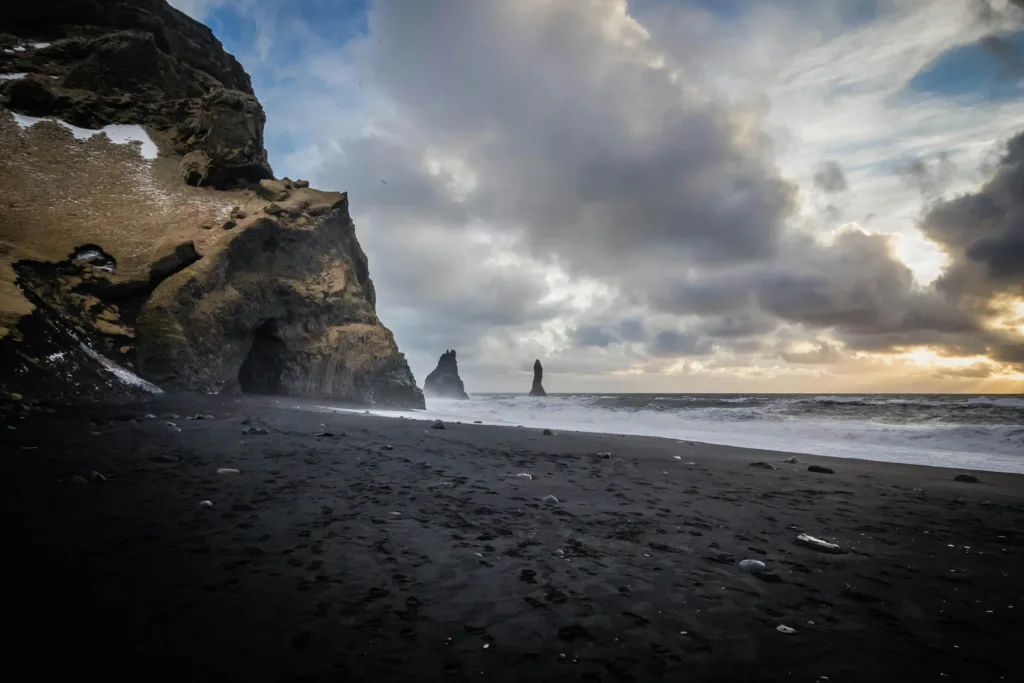Table of Contents
Best Time to Visit Iceland: Introduction
The best time to visit Iceland depends largely on what you want to experience in this land of fire and ice. From witnessing the magical Northern Lights to basking in the midnight sun, Iceland offers a unique set of attractions across its seasons. This Nordic island nation, characterized by its dramatic volcanic landscapes, glaciers, and hot springs, invites visitors to experience nature in ways found nowhere else on Earth. Whether you’re a fan of outdoor adventures or cultural festivals, planning your visit according to Iceland’s seasonal highlights is key to optimizing your experience. In this comprehensive guide, we explore month-by-month and season-by-season what Iceland has to offer, helping you decide the best time to embark on your Icelandic journey.
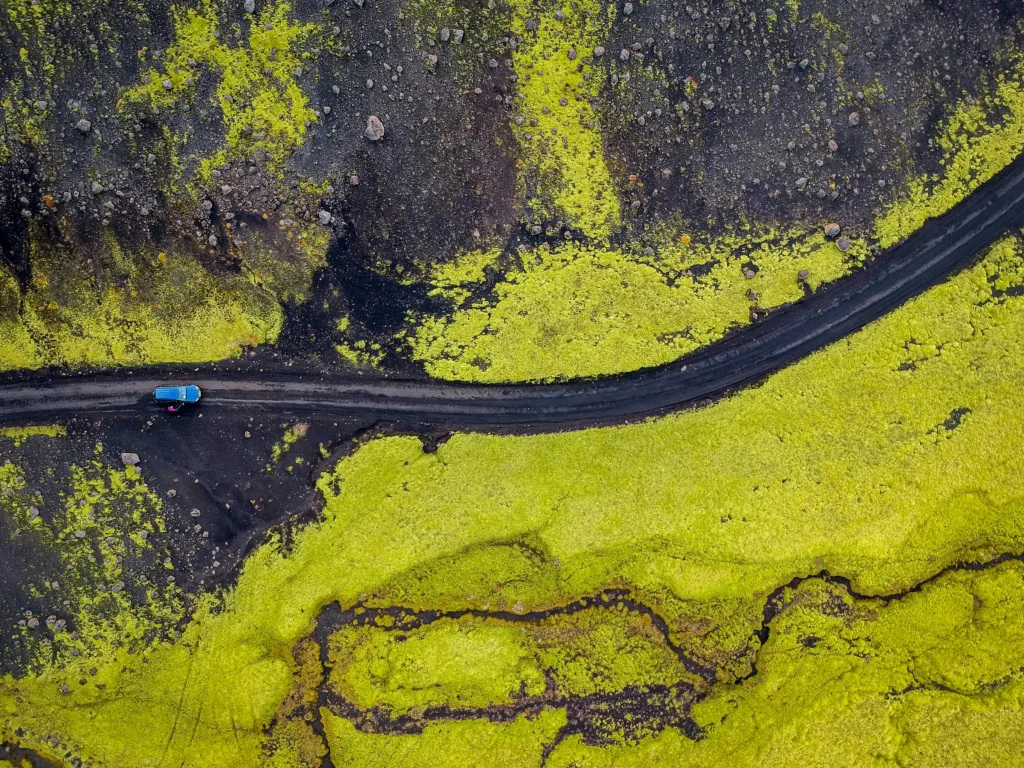
Seasonal Overview of Iceland
Spring in Iceland
Spring in Iceland, stretching from April to May, offers a unique blend of lingering winter chill and the onset of blooming landscapes. During this period, the weather gradually warms up, although temperatures remain cool, usually hovering between 0 to 10°C. This is an excellent time for travelers who enjoy tranquility and the beauty of gradual thaw, as the tourist crowds are fewer and the scenery is spectacular with snow-capped mountains and burgeoning greenery.
The longer days and melting ice also make spring an ideal time for outdoor activities like hiking, particularly in late spring when the trails are more accessible. Birdwatching is especially rewarding during this season as migratory birds return and puffins begin to nest along the coastlines.
Summer in Iceland
Summer, from June to August, is arguably the best time to visit Iceland if you want to experience the country’s most iconic natural phenomena: the midnight sun. With up to 24 hours of daylight, summer not only allows for extended sightseeing opportunities but also hosts most of Iceland’s cultural festivals, such as the vibrant Reykjavik Pride and the National Day on June 17.
Weather-wise, temperatures are mild, ranging from 10 to 15°C, making it comfortable for exploring the outdoors. The accessibility of highland roads during these months opens up parts of the country that are unreachable during other seasons. Visitors can enjoy activities like whale watching, glacier tours, and hot springs, which are particularly enjoyable under the surreal midnight sun.
Autumn in Iceland
Autumn in Iceland runs from September to October and is a period of dramatic transition and vivid colors. The landscape bursts into brilliant oranges and reds, providing a stunning backdrop for photographers and nature lovers. It is also the beginning of the Northern Lights season, a spectacular natural light show caused by solar particles interacting with the Earth’s magnetic field.
This season offers a sweet spot for visitors, combining the advantage of fewer tourists with still-mild weather, generally around 5 to 10°C. Autumn is an excellent time for sightseeing and enjoying outdoor activities such as hot spring visits and last-chance hikes before the winter sets in.
Winter in Iceland
The winter months, from November to March, transform Iceland into a snowy wonderland. While the days are short and the nights long, this is the best time to visit Iceland for those who dream of watching the Northern Lights in their full glory. Winter also brings festive cheer, with Christmas markets and New Year celebrations that light up the dark days.
Temperatures can drop below freezing, typically ranging from -1 to 4°C, but the snowy landscape offers unique opportunities for winter sports like skiing, ice skating, and snowmobiling. Moreover, winter is ideal for enjoying Iceland’s geothermal baths, which offer a cozy retreat from the chilly weather.
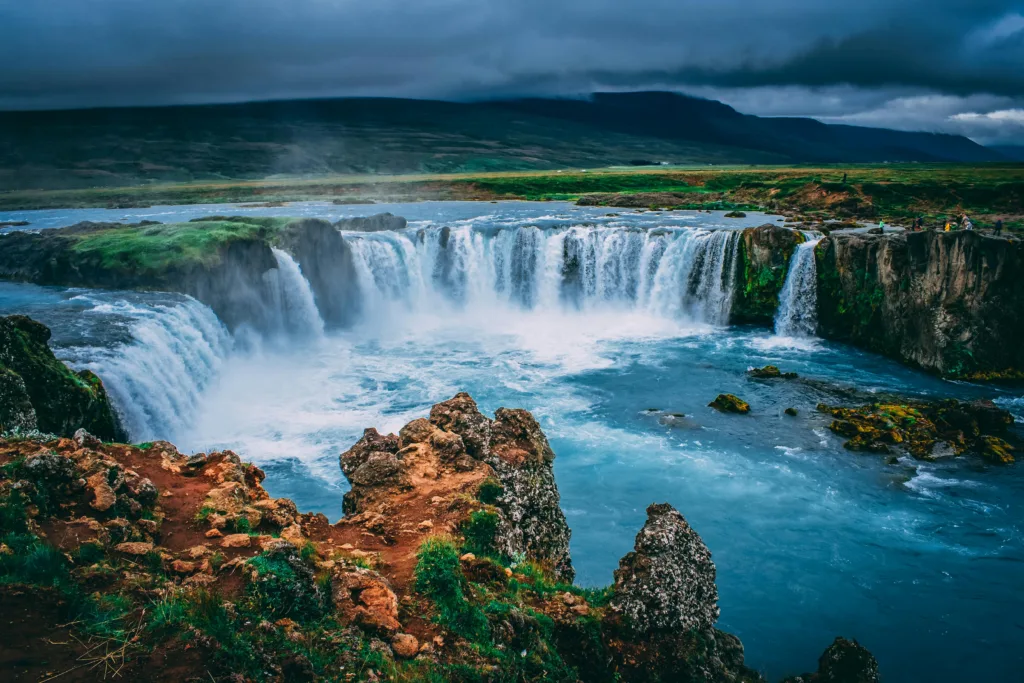
Monthly Breakdown
January
January is deep winter in Iceland. The days are shortest, offering about 4-5 hours of daylight. This month is perfect for those who are enthusiastic about winter sports and witnessing the Aurora Borealis, which can be seen on clear nights. Thermal baths like the Blue Lagoon provide a stark contrast to the chilly weather, making for a memorable experience.
February
February continues the winter wonderland theme but with slightly longer days. It’s an excellent month for snow-based activities and continues to be a great time for Northern Lights viewing. Towards the end of February, the first signs of spring begin to appear, making it an interesting month for nature transitions.
March
March sees the real onset of spring. The snow begins to melt, and the days get noticeably longer. This is a transition month, where you can still enjoy winter activities in early March, while the latter part of the month may allow for early spring hiking as trails begin to clear.
April
April offers more stable spring weather and is less crowded than the peak seasons. It’s a good month for those looking to avoid tourist crowds but still enjoy a bit of cold weather. Migratory birds are returning, making it a fantastic month for bird watching.
May
May is perhaps the best month for those who enjoy spring as it offers mild weather and the countryside is lush and verdant. Late snowfalls can occur, but generally, the landscape is perfect for exploring fjords and coastal regions without the summer crowds.
June
With the arrival of summer, June offers the magic of the midnight sun where the sun barely sets. This month is ideal for maximizing outdoor adventures—hiking, cycling, and more time for sightseeing. Festivals start to pop up, celebrating the unique Icelandic culture.
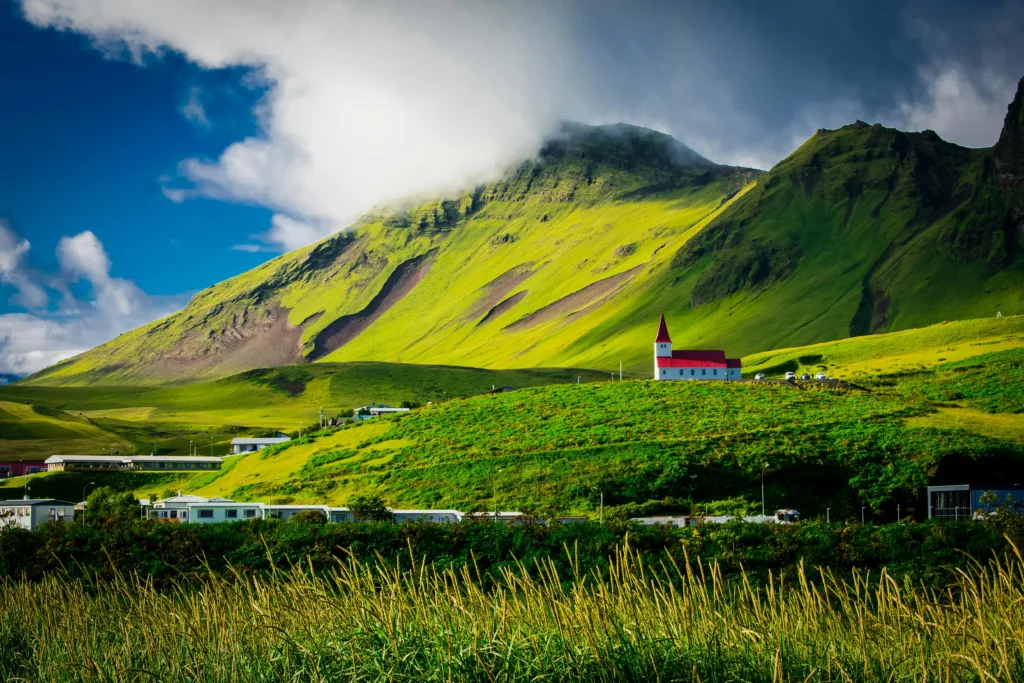
July
July is the peak of summer and often considered the best time to visit Iceland for those wanting to explore the highlands, accessible only during the summer months. The weather is at its warmest, though still mild by most standards, and the whole country is accessible.
August
August is similar to July but begins the gradual transition to autumn. This month is still great for visiting any part of the country and continues to be suitable for all outdoor activities, including whale watching which is at its peak.
September
September brings the onset of autumn, and with it, a dramatic change in landscape colors. This is a particularly good month for photographers looking to capture the beauty of Icelandic nature. It’s also a good time for those seeking to spot the Northern Lights as the nights get longer.
October
October is fully autumnal and cooler. The tourist numbers dwindle, providing a more intimate experience of the country’s attractions. It’s also the end of the Northern Lights season, so it’s a last chance for those hoping to see this phenomenon until the next year.
November
November sees the return of winter conditions. The landscape begins to frost over, and snow starts to fall again, making it a prelude to the deep winter season. This is a quiet month for tourism, which can be a plus for those seeking solitude.
December
December is festive and lively despite the cold and limited daylight, with Christmas markets and holiday lights brightening the long nights. It’s a magical time to visit, especially for families looking to experience a white Christmas.
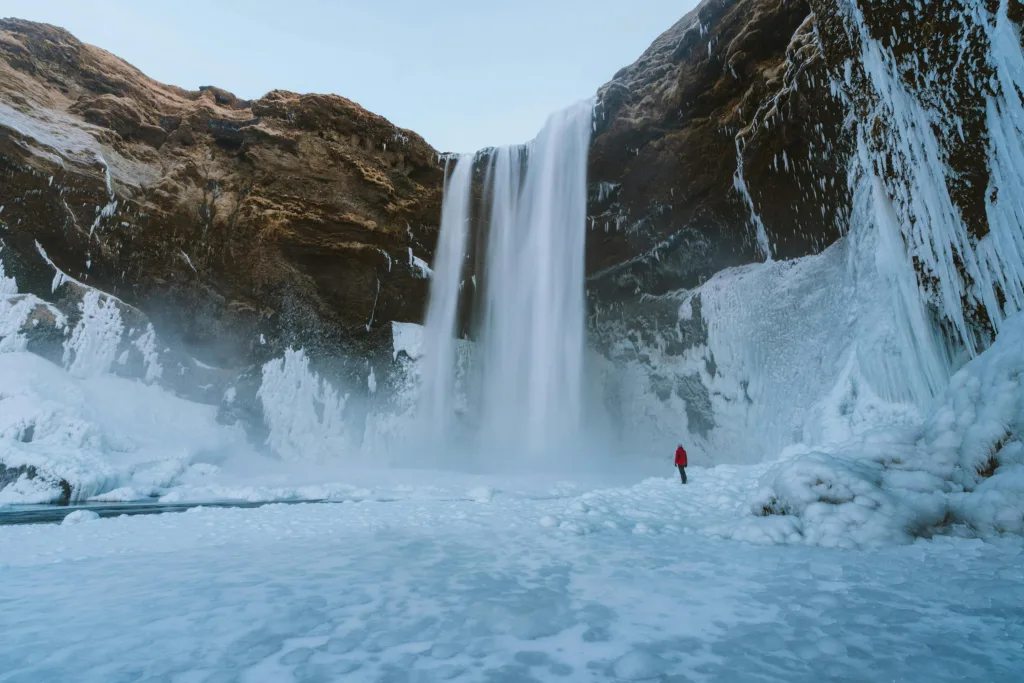
Activities and Events
Major Festivals
Iceland’s calendar brims with festivals, each reflecting the country’s rich cultural tapestry and love for music, arts, and nature. Summer, particularly, is festival season, with events like the Secret Solstice Festival in Reykjavik, celebrating the longest day of the year with 72 hours of non-stop music under the midnight sun. Another notable summer event is the Iceland National Day on June 17, commemorating the country’s independence with parades, dances, and public gatherings across towns.
In winter, the Reykjavik International Film Festival and the Dark Music Days festival light up the shorter days, offering cultural solace from the cold with compelling film screenings and captivating music performances in various venues around the capital.
Outdoor Activities
Iceland’s landscape is an outdoor enthusiast’s playground, offering a multitude of activities that vary by season but consistently dazzle participants.
- Summer: Hiking through Iceland’s national parks like Vatnajökull and Þingvellir offers stunning views of waterfalls, lava fields, and glacial rivers. This is also the best time for whale watching, as migratory patterns bring these majestic creatures closer to Iceland’s coasts.
- Winter: For the adventurous, glacier hiking and snowmobiling become popular as the landscape transforms into a snowy wonderland. Skiing in resorts like Bláfjöll, just outside Reykjavik, provides a thrilling experience with panoramic views of snowy peaks.
- All year: Horseback riding on Icelandic horses, a breed known for their unique tölt gait, offers a unique way to explore the rugged terrain. Additionally, soaking in geothermal pools, found all over the country, provides relaxation and wellness benefits throughout the year.
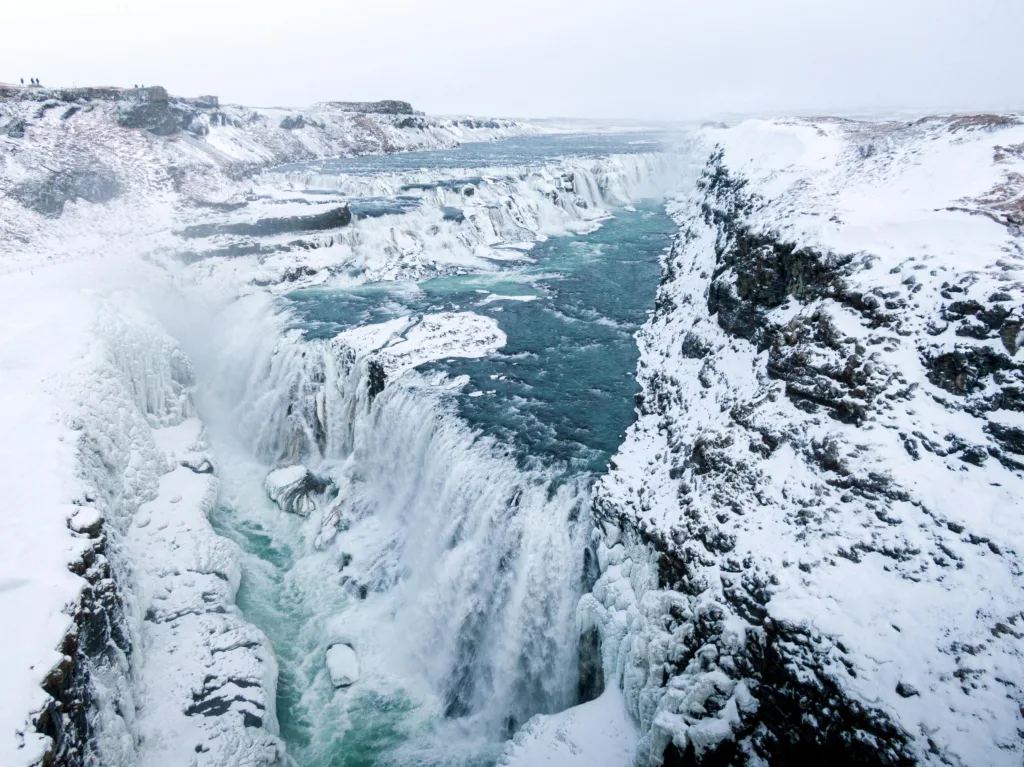
Travel Tips for Visiting Iceland
Traveling to Iceland is an adventure of a lifetime, but requires some planning to make the most of your visit. Here are some tips to help you prepare:
- Budgeting: Iceland is known for being a relatively expensive destination. Planning your budget ahead of time can help manage expenses better. Consider accommodations outside of major tourist spots for better deals, and look into eating at local diners or buying from supermarkets if you’re trying to save on food costs.
- Transportation: Renting a car is often considered the best way to see Iceland at your own pace. However, during winter, driving conditions can be challenging and require a 4×4 vehicle along with an experienced driver. Public transport, though limited, is efficient and covers major attractions.
- Accommodation: Booking early is essential, especially during peak tourist seasons (summer and early autumn). Options range from luxury hotels and cozy guesthouses to budget hostels and campsites, catering to all travel styles.
Best Time to Visit Lake Tahoe in 2024: Tips for Every Season
Best Time to Visit Iceland: The Conclusion
Ultimately, the best time to visit Iceland really depends on what you’re looking to get out of your trip. Whether you’re drawn by the allure of the Northern Lights or the vibrant life under the midnight sun, each season in Iceland offers a unique palette of experiences. By aligning your travel dates with the activities you are most excited about, you can create a truly memorable and tailored Icelandic adventure.
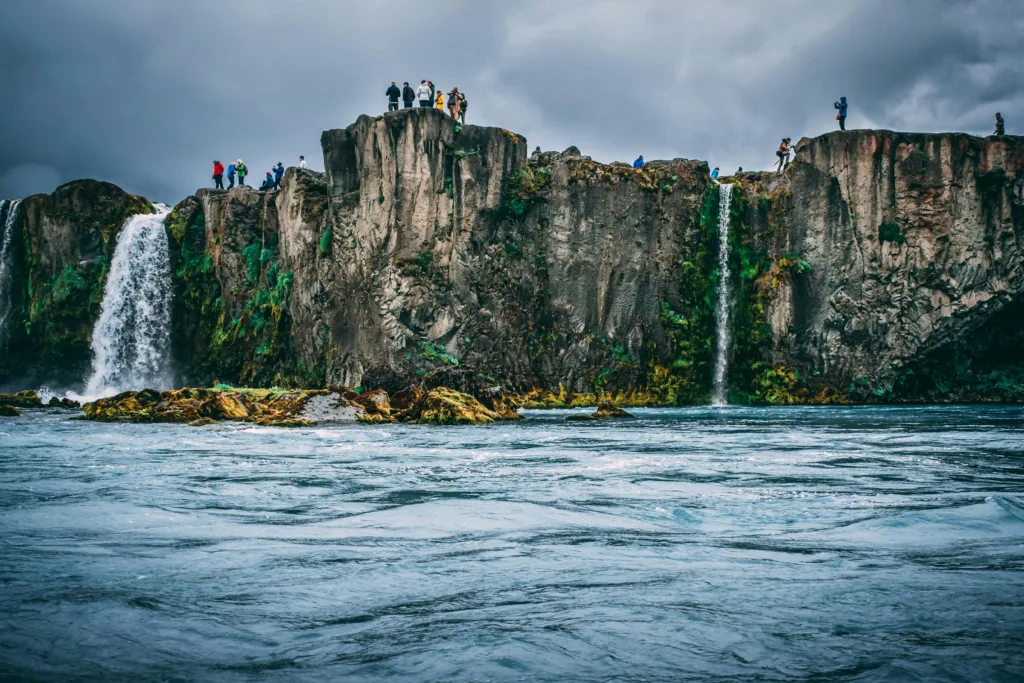
Frequently Asked Questions
What is the best month to see the Northern Lights in Iceland?
The Northern Lights, or Aurora Borealis, are typically most visible from late September to early April when the nights are longest. Clear, dark skies away from city lights offer the best viewing conditions. October to November and February to March are particularly good times, as these months often have clearer skies.
What should I pack for a summer trip to Iceland?
Even in summer, Iceland’s weather can be unpredictable. It’s wise to pack layers, including a waterproof jacket and sturdy walking shoes. Don’t forget a swimsuit for the hot springs, and sunglasses and sunscreen for the extended daylight hours.
Can I visit the Icelandic highlands in a regular car?
No, accessing the Icelandic highlands requires a 4×4 vehicle due to rough terrain and river crossings. It’s best to rent a suitable vehicle or join a guided tour that includes proper transportation.
How long does it take to drive around Iceland’s Ring Road?
The Ring Road, or Route 1, circles the entire island and covers about 1,332 kilometers. Without stops, it takes roughly 17 hours to drive. However, to fully enjoy the sights, plan for at least 7 to 10 days.
Is Iceland safe for solo travelers?
Iceland is consistently ranked among the safest countries in the world for travelers. Its low crime rate and comprehensive travel infrastructure make it an ideal destination for solo travelers.
